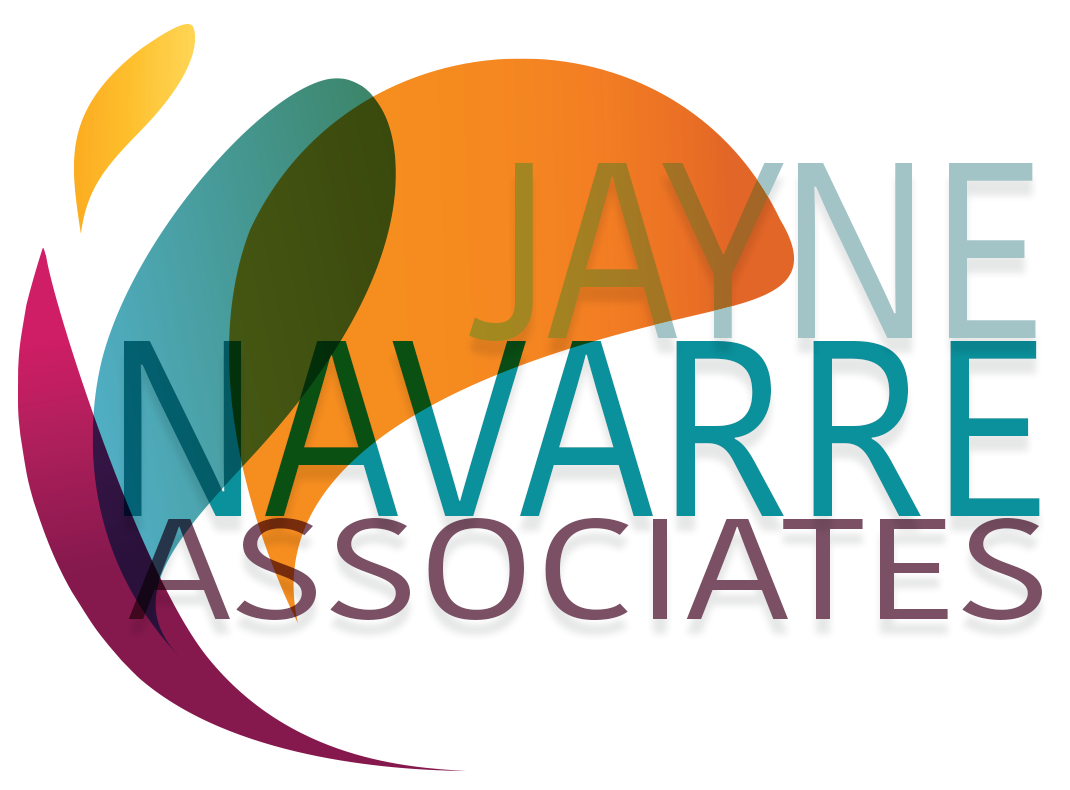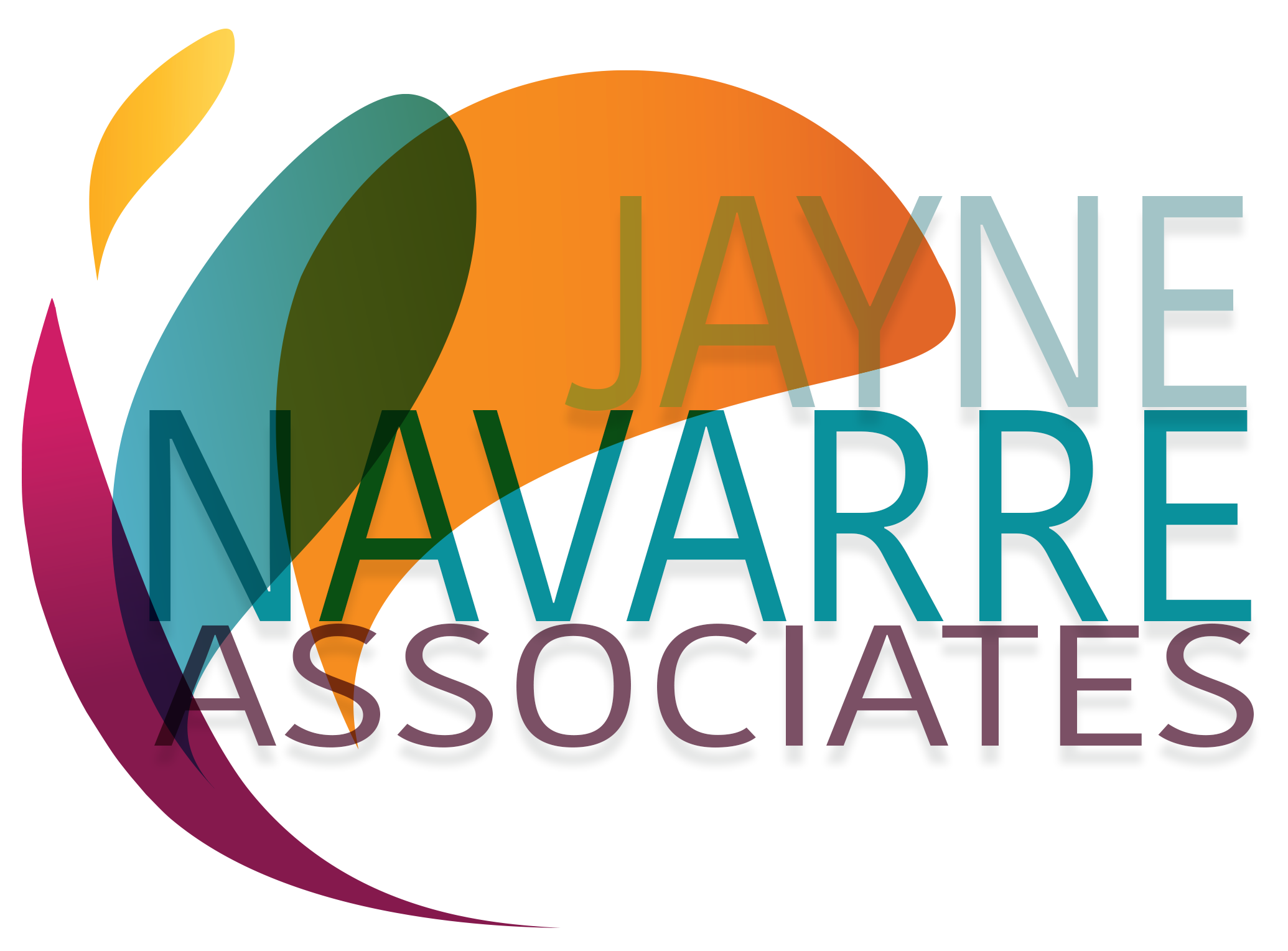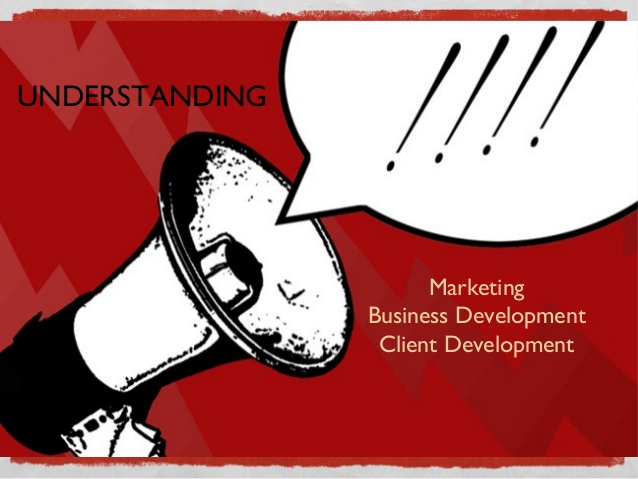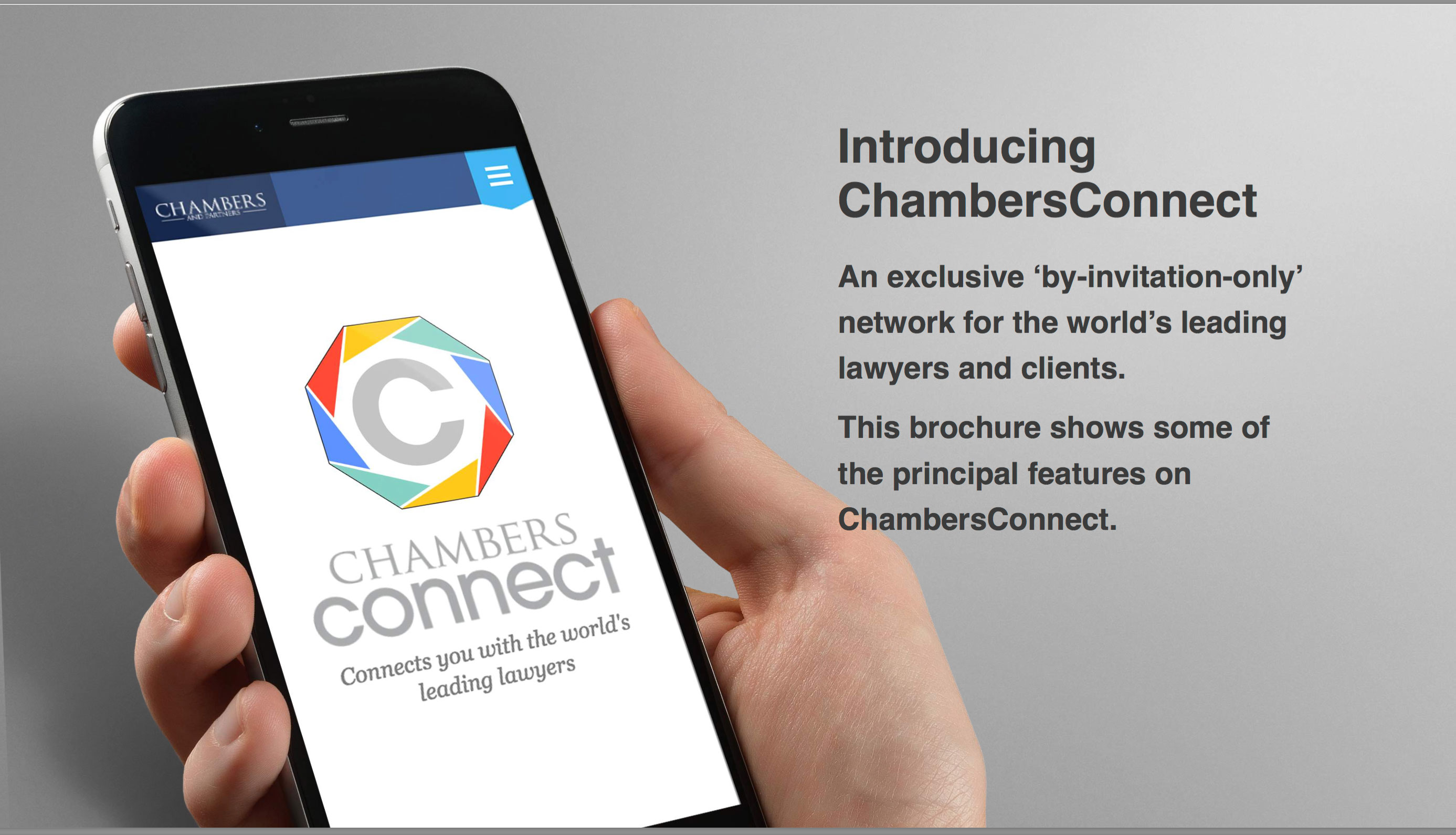Social networking can boost business development efforts. But first you must educate the members of your organization about appropriate usage, rules for professional conduct in digital communications, and how to avoid client conflicts.
Where are we today?
A lot of lawyers are still on the ledge about the “safety” of social networking. For lawyers on the ledge, industry specific, peer-to-peer, membership-only sites such as Martindale Hubbell’s Connected, Legal OnRamp, ABA’s LegallyMinded, or JDSUPRA provide a safe entry point. Networks comprised of attorneys reduce concerns about commercial speech, disclaimers, and unjustified expectations –though other liabilities exist such as copyright, confidentiality, and Reg FD.
Peer-to-peer networking, a virtual bar association meeting, gives those who originate work from lawyer referrals more value than directory listings. Good ones facilitate substantive thought leadership and provide a presence beyond the bio listing.
Not much different from offline networking, online’s distinctive difference is the ability to reach many people with one post. Having no geographic limitations, lawyers online can be in more than one place at a time. Free tools allow users to update status, share links, and other networking goodies across platforms.
Online or offline, networks are only as good as the people who show up. A social network host can provide a class-A tool or venue, but if it isn’t easy to use, if it doesn’t catch on, if the audience is full spectators instead of contributors, it will be just another online directory or dead social network.
Social networks are not about making deep relationships. They do, however, help like-minded people find each other. And, where the potential to do business together exists, relationships typically move off-line and go deeper.
The Five Ps of Social Networking.
If you or a member of your firm is considering a social network, whether industry specific or general interest, there are five P’s to follow:
Policy
At one firm a number of new first-year partners were using facebook as a tool to stay connected. The firm, led by a senior management team who was unfamiliar with the value of these tools, decided to turn off access to facebook at the firm. There was an immediate uproar from the 30-something partner crowd. One tax lawyer in particular, was able to point to three new clients he gained by staying connected to his network on facebook. The firm determined it needed a policy.
Email and Internet usage policies are not enough. Social networking requires a new set of rules. A good policy will include guidelines for appropriate business netiquette, professional conduct and ethics, best practices, and avoiding legal liabilities.
Placement
At another firm, a mid-level partner questioned the value of LinkedIn and facebook. She was urged to sign up and create her own page. A former in house counsel, she was surprised to see that on LinkedIn, she had a whole network from her law school classmates (many of whom are now in house) who were happy to reconnect with her. Additionally, she found a group of ex-in house counsel from her former public company currently in new in house positions. Again, she was able to reconnect quickly with some forgotten contacts and everyone was up to speed on the relationships immediately.
Online networks have offline cousins. LinkedIn is the chamber of commerce or industry group; it’s all business and button down. Facebook is the country club where things get a bit personal –you can share photos of the kids or pets, talk about boats, golf, movies, books, travel, and almost anything. Peer-to-peer networks are the virtual Bar association meeting. Beyond that, there are interest specific discussion boards, forums, Wikis, blogs, and review sites on politics, hobbies, cultural, and community causes.
There is a sense of success in simply connecting with others. However, consistent participation is the key; don’t over extend your self. It’s not smart (or possible) to join every organization in your city. Be selective. Either mirror what’s working off line, or use online for something different.
Persona
Sameness is ineffective. Your profile is a billboard. DON’T regurgitate the formal bio. Avoid marketing gibberish or clichés. This is the time to GET REAL.
For example, a “title” on your LinkedIn page should reveal that you are more than an attorney at XYZ law firm. Why? When posting questions or answers, your name and title feature prominently. Make it count –Jane Doe, Employment Law Attorney, Workplace Counselor and partner at XYZ.
Privacy
Locate the social network’s documentation on security and terms of service. Default settings are generally public. So, upon joining a network, change all settings to PRIVATE and then make them public one at a time. You can always go back and change them. Some networks have layers of settings, so be thorough.
Be cautious with 3rd party applications offered on networks, but not paranoid. Ask others if you are uncertain.
Posting
Once you join a community, surf around and get a feel for the tone, communication styles and content. In order to stand out, stay top of mind, and make posting manageable join discussion groups within a network.
The Q&A format is common on professional sites and helps you establish your knowledge base and expertise. However, you must bring value to the discussion. It’s not a transaction; it’s a conversation. Either start the conversation or move it along.
General interest sites like facebook are more casual. Many posts involve photos, links to books, articles, You Tube videos, and other entertainments. Facebook is trying to shift over to a business format to generate revenues, but the jury is still out.
All networking sites have FAQ’s and/or official blogs; e.g. http://blog.linkedin.com. Visit them for ideas.
Three immediate steps to take today.
First, schedule in house training workshops so members of the firm become informed about the tools and their potential value. Work with the marketing and business development teams to present the programming and hold it on a regular basis so if people miss one session, they are able to attend another. Be a resource to help drive revenue.
Second, create a firm policy on the use of these tools. Be clear about how they are used for business purposes and what should and should not be on lawyers’ profile pages. Keep it professional is a message that will need to come across loud and clear.
Third, don’t forget about staff training. The firm brand and reputation is in the hands of everyone. Don’t overlook the fact that employees list employers in social profiles. Innocent mistakes can be made but are difficult to correct after the fact.
By implementing these ideas and providing these valuable resources at the firm, the Information Resources team will be providing value added to the firm’s business development efforts.
First published in the July 2009 edition of Practice Innovations, Volume 10, Number 3, WEST/Thomson Reuters.Co-author, Jayne Navarre is the CMO of Jayne Navarre Associates, where she provides marketing strategy, project execution and support for law firm clients.
C0-author, Silvia Coulter is a Founder and Principle of Law Vision Group in the business development and growth division. She has substantial experience in collaborating with firms on their key client retention and growth strategies, business development education, coaching and training programs, client service strategies and process improvement initiatives.

















